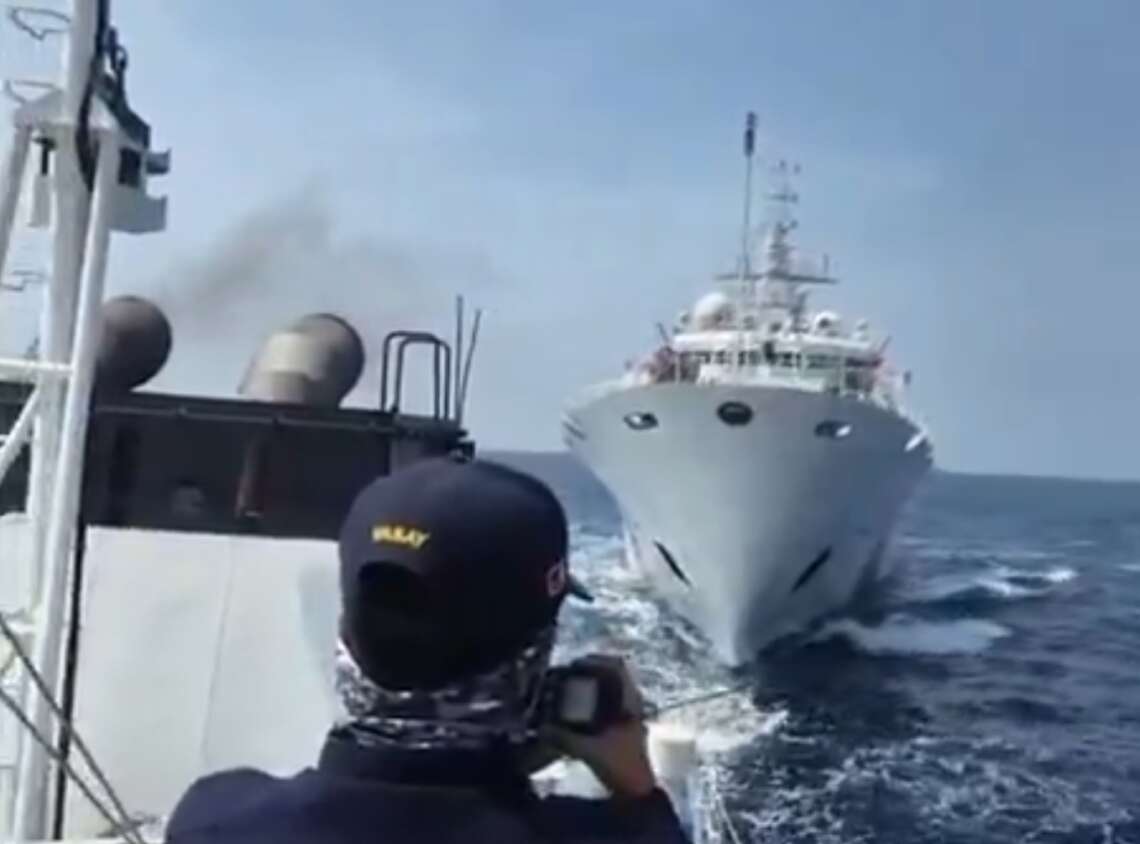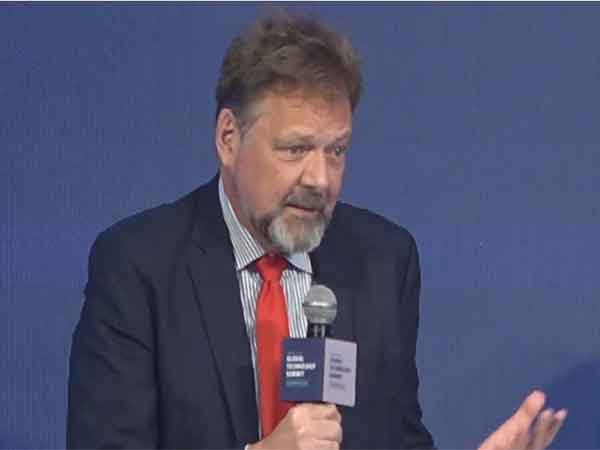Defence Secretary Gilberto Teodoro said the initial US funding will help Manila acquire equipment to better monitor the contested waters
US has planned to strengthen the Philippines’ military capabilities and increase joint military drills, according to Manila’s defense chief, amid rising tensions between Washington and Beijing. Philippine Defence Secretary Gilberto Teodoro said in an interview in Manila that the country anticipates receiving consistent annual defense funding of US$500 million from the United States through 2029 to strengthen its military and counter China’s “aggressive” actions in the region.
Teodoro stated,” It is a no-brainer for anybody, because of the aggressive behavior of China. The efforts for deterrence, for joint resilience and alliance building will not change.”
As trade and geopolitical tensions between the US and China intensify, the Philippines has become a key partner for the Trump administration in pushing back against Beijing, particularly as China expands its military footprint in areas like the South China Sea, Taipei Times reported.
Last month, US Defense Secretary Pete Hegseth made Manila the first stop on his Asia tour, where he laid out plans to strengthen what he described as the “ironclad” US-Philippines alliance.
The Trump administration has also excluded military aid to the Philippines from a broader funding freeze, and the State Department recently informed Congress of a potential US$5.6 billion sale of F-16 fighter jets to Manila. The Philippines is relying on US support as it seeks to challenge China’s expansive territorial claims in regional waters. Defence Secretary Gilberto Teodoro said the initial US funding will help Manila acquire equipment to better monitor the contested waters. However, the Philippines is also aiming to obtain its own medium-range missile system as soon as possible.
One option under consideration is purchasing the land-based Typhon missile system, which the US deployed in the Philippines during joint military exercises last year. The Typhon system, capable of launching Tomahawk cruise missiles that can reach significant parts of China, has drawn strong objections from Beijing.
To support its military modernization, the Philippine defense department is also looking into raising funds through domestic capital markets, Teodoro said. He noted that Manila anticipates more advanced weaponry from the US and other allies for training purposes in the coming years. He also said joint military drills will become more frequent and sophisticated as the Philippines’ defense systems become increasingly compatible not only with those of the US, but also with other key partners like Japan and Australia.
This month, US and Philippine forces are set to carry out their annual joint military exercises, during which the US will, for the first time, deploy an anti-ship missile system and uncrewed surface vessels to the Philippines.
Meanwhile, Australia’s contribution of 20 advanced drones to the Philippines underscored Manila’s urgent requirement to improve its maritime domain awareness, following a tense incident in the South China Sea just days earlier, where Philippine and Chinese coast guard ships came close to a collision, according to a report by South China Morning Post.
During a ceremony in Bataan province, Australia’s ambassador to Manila, Hae Kyong Yu, stated that the donation of unmanned aerial systems valued at 34 million pesos (USD 592,000) demonstrated Australia’s dedication to civil maritime collaboration with the Philippines. Other current joint efforts include vessel remediation, postgraduate scholarships, operational training, marine protection, and annual Law of the Sea courses, the South China Morning Post reported.
Yu highlighted, “I am pleased to deliver this package of state-of-the-art drones. It is a tangible example of our increased maritime cooperation with the Philippines and a contribution that supports the Philippine coastguard’s modernisation efforts.”
According to the South China Morning Post, Yu also mentioned that Australia would provide four days of drone-operator training to 30 members of the Philippine coastguard. Analysts note that the drones will enable continuous, real-time surveillance of large areas in the West Philippine Sea–Manila’s designation for the South China Sea, which it claims as part of its exclusive economic zone–where Beijing’s territorial claims intersect with those of Manila.
Chris Gardiner, CEO of the Institute for Regional Security, stated that uncrewed and automated air, surface, and underwater systems represent the future of warfare. In light of China’s assertive territorial claims, growing navy, vast fishing fleet, and maritime militia, Gardiner emphasised that Manila must urgently invest in systems to enhance its maritime domain awareness. Australia does not have any territorial disputes with China at present. However, Canberra’s increasing naval and air presence in the Indo-Pacific highlights its commitment to freedom of navigation and security, as the West works to counter China’s growing influence.








